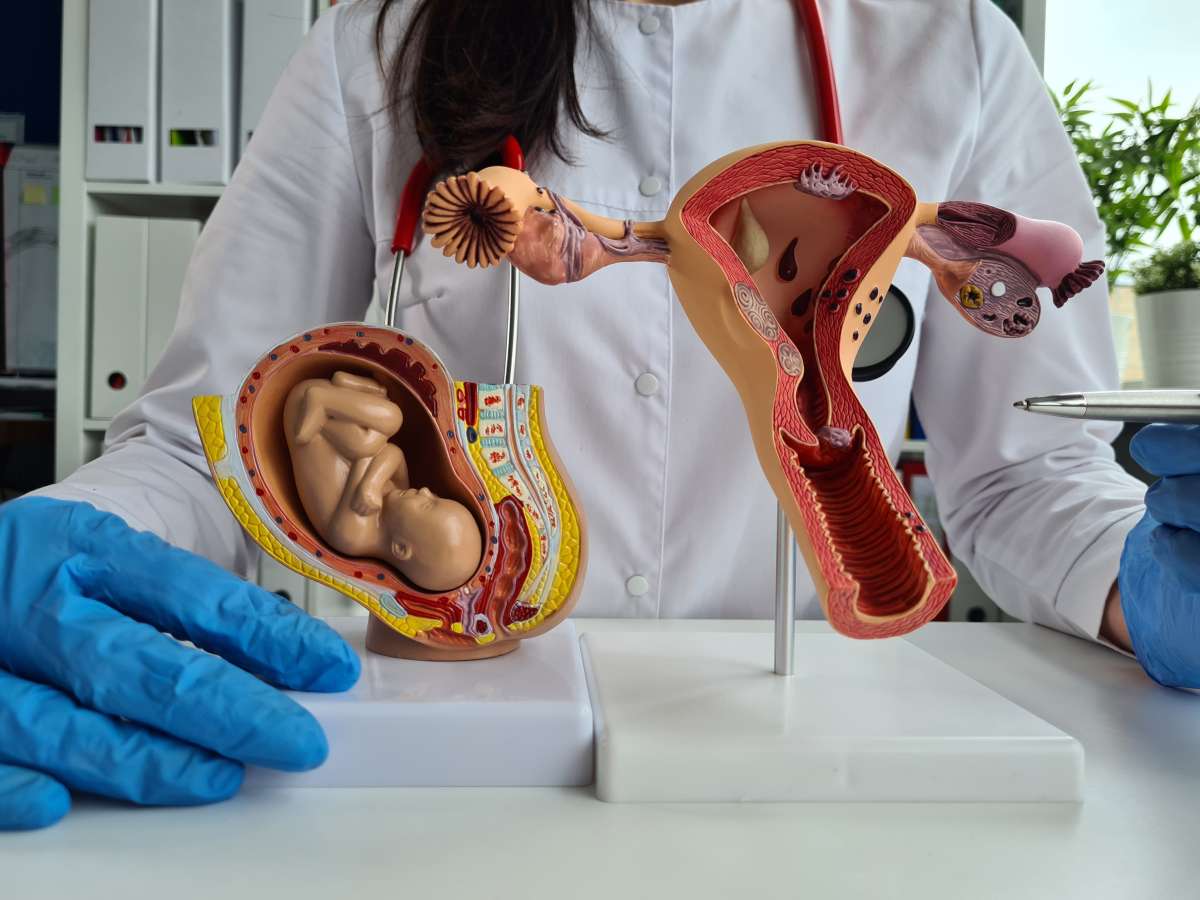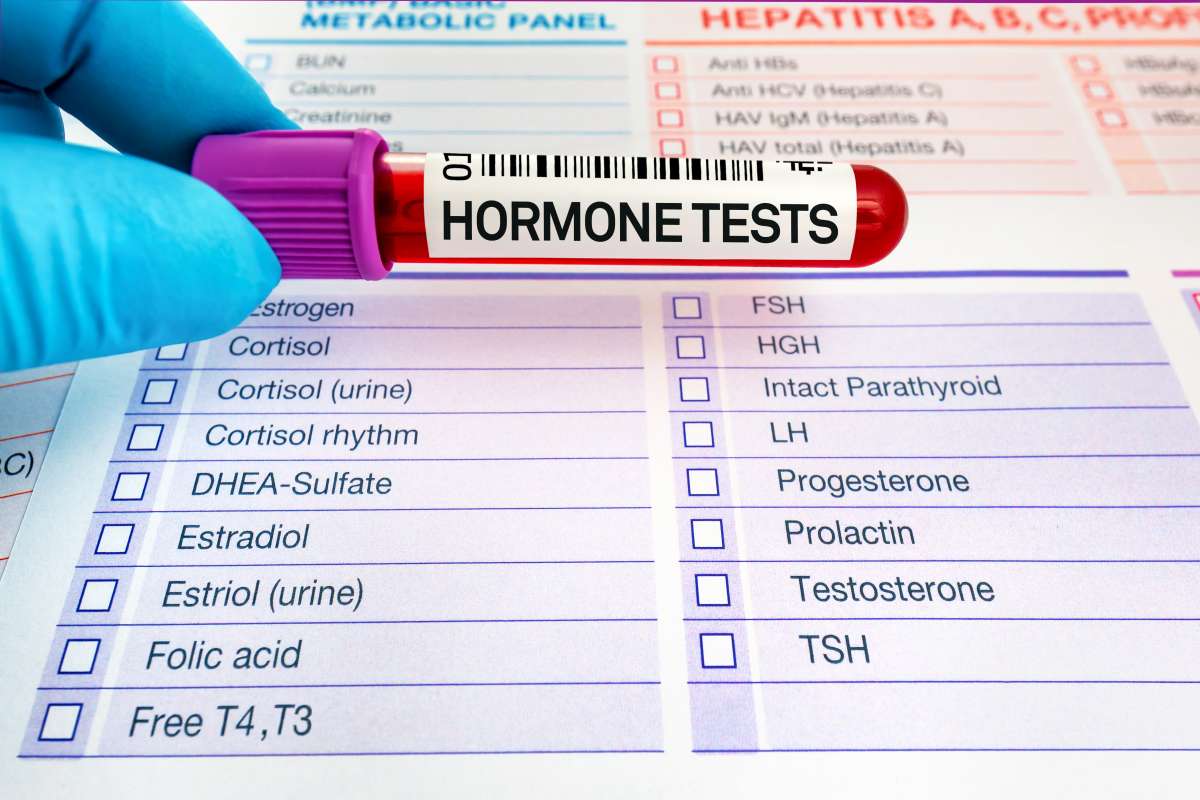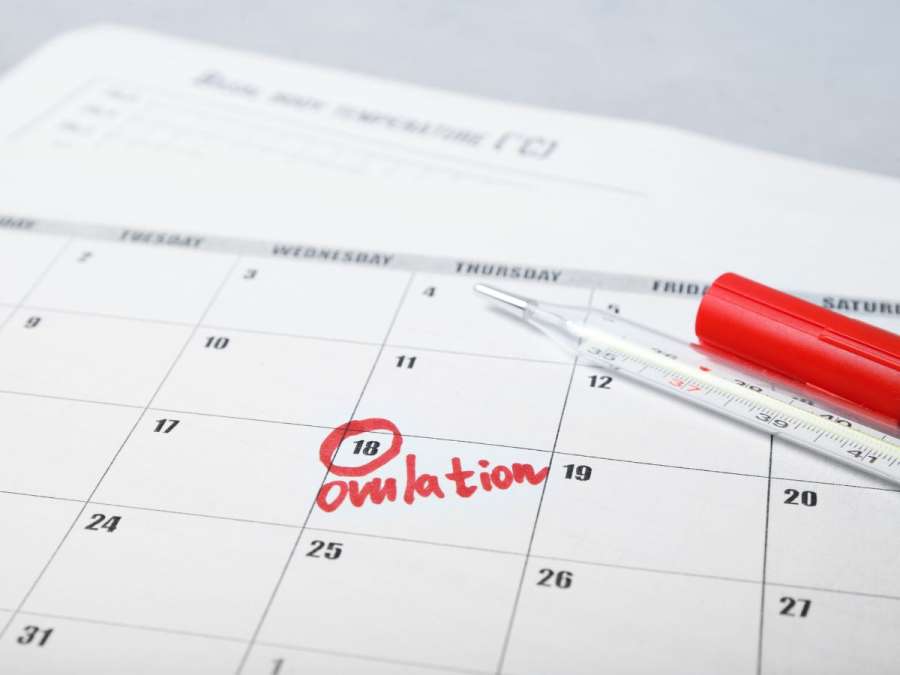Conceiving a child is an intricate process that relies on a thorough understanding of female anatomy. By familiarising themselves with the female reproductive system, individuals can better understand the physiological processes involved in conception. This article will explore the key components of female anatomy related to conception, including the reproductive organs, hormonal regulation, and the menstrual cycle.
1. The Female Reproductive Organs:
a. The Ovaries:
The ovaries play a central role in reproduction. They produce and release eggs (ova) during the menstrual cycle and secrete hormones such as estrogen and progesterone.
b. The Fallopian Tubes:

The fallopian tubes are thin tubes that connect the ovaries to the uterus. Fertilization of the egg by sperm typically occurs within the fallopian tubes.
c. The Uterus:
The uterus, or womb, is a muscular organ where fertilized egg implants and grows into a fetus during pregnancy. The inner lining of the uterus, known as the endometrium, undergoes cyclical changes during the menstrual cycle.
d. The Cervix:

The cervix is the lower part of the uterus that connects to the vagina. It produces cervical mucus that changes in consistency throughout the menstrual cycle to support sperm transport and facilitate fertilization.
2. Hormonal Regulation:
a. Estrogen:
Estrogen is a primary female sex hormone that is responsible for the development and maturation of reproductive organs. It also promotes the thickening of the uterine lining during the menstrual cycle.
b. Progesterone:

Progesterone is another important hormone involved in reproductive processes. It helps prepare the uterus for implantation and supports early pregnancy if fertilization occurs.
3. The Menstrual Cycle:
a. Menstruation:
The menstrual cycle begins with menstruation, the shedding of the uterine lining. It usually lasts about 3-7 days.
b. Follicular Phase:

During the follicular phase, which typically spans days 6-14, follicle-stimulating hormone (FSH) starts stimulating the growth and maturation of follicles in the ovaries. One dominant follicle eventually releases an egg.
c. Ovulation:
It occurs around day 14 of the menstrual cycle when the ovary releases the mature egg. It is a brief window of fertility during which fertilization can take place.
d. Luteal Phase:
Following ovulation, the ruptured follicle transforms into the corpus luteum, which then secretes progesterone. The uterine lining thickens, preparing for potential implantation.
4. Factors Affecting Conception:
a. Timing:
Successful conception depends on proper timing. Sperm can usually survive in the reproductive tract about several days, while the egg remains viable for about 12-24 hours after ovulation.
b. Cervical Mucus:

The consistency of cervical mucus changes throughout the menstrual cycle, becoming thin and stretchy around ovulation to facilitate sperm transport.
c. Fertility Disorders:
Certain conditions, such as polycystic ovary syndrome (PCOS) or endometriosis, can affect fertility. They do so by disrupting hormonal balance or interfering with the fallopian tubes’ function.
5. Tracking Fertility:
a. Basal Body Temperature (BBT) Charting:
BBT charting involves measuring your resting body temperature each morning to detect subtle changes indicating ovulation.
b. Ovulation Predictor Kits (OPKs):

OPKs detect the luteinizing hormone (LH) surge just before ovulation, helping pinpoint fertile days.
c. Fertility Apps:
Based on input data, various smartphone apps are available to track menstrual cycles, ovulation, and fertility.
d. Seeking Professional Help:

If conception does not occur despite proper timing and tracking, it may be beneficial to consult a doctor specialising in fertility. They will assess any potential underlying causes and explore treatment options.
Understanding female anatomy is important to achieving successful conception. Individuals can optimise their chances of conceiving by understanding the female reproductive organs, hormonal regulation, and the menstrual cycle. Tracking fertility signs and seeking professional guidance when needed can further enhance the journey toward parenthood.
